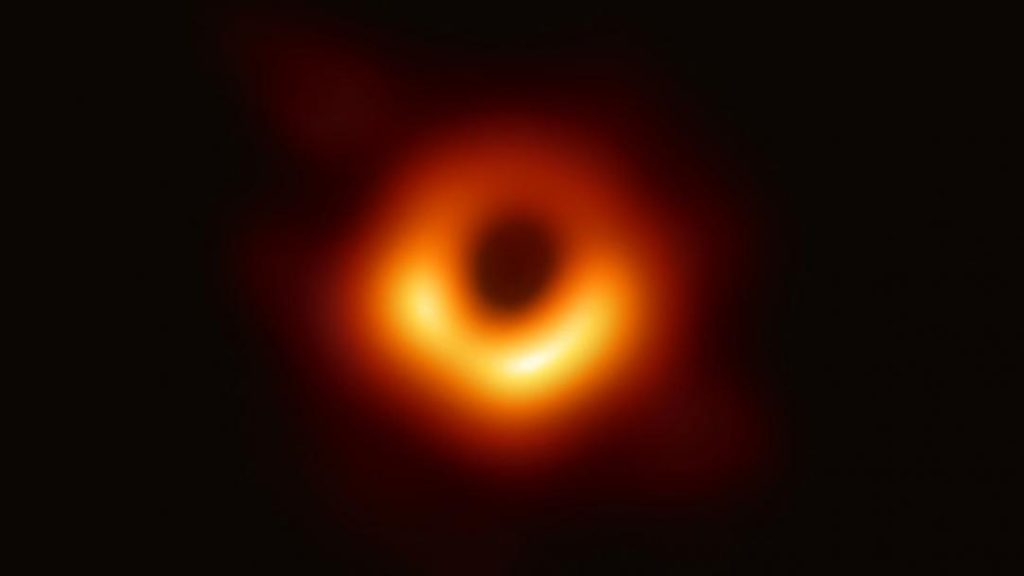6. Black holes are not eternal. They lose mass due to Hawking radiation and gradually evaporate.
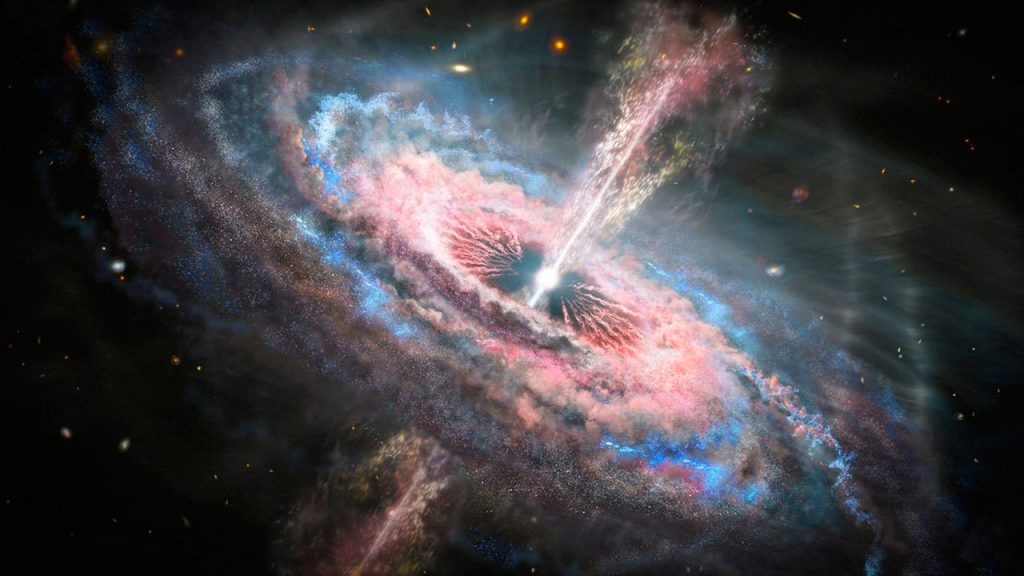
7. If two black holes meet, they will merge into one, giving birth to an exotic. variety – a rotating black hole. Usually they do not rotate around their axis.
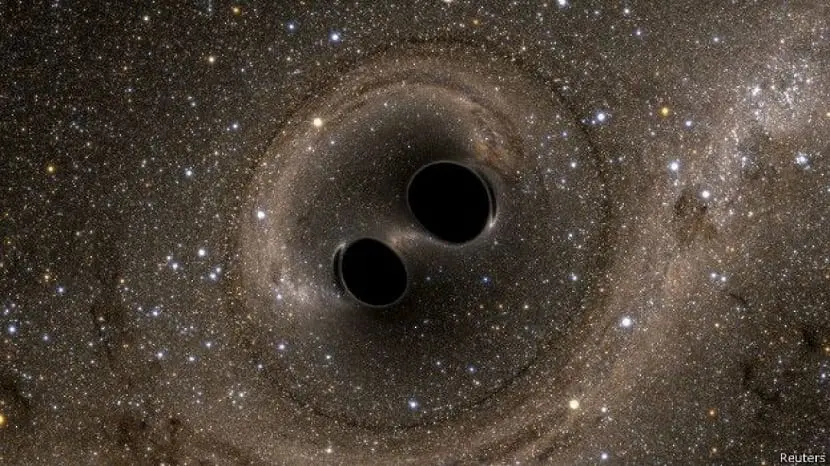
8. In the centers of many galaxies (but not all!) there is a supermassive black hole. There is one in our own Milky Way.
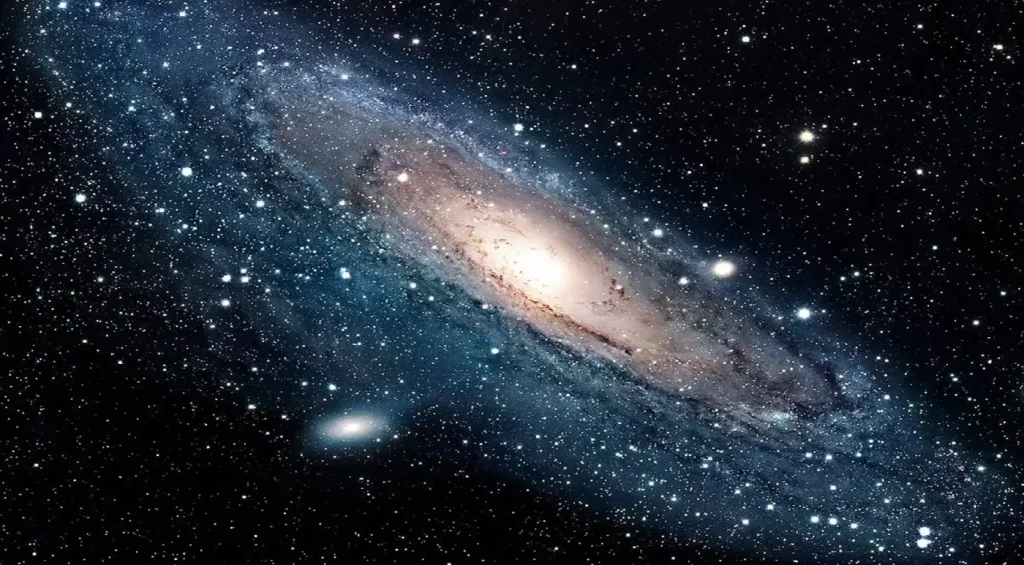
9. The density of these celestial bodies is unimaginable. For comparison, if our Earth suddenly became a black hole, its diameter would be about 18 mm.
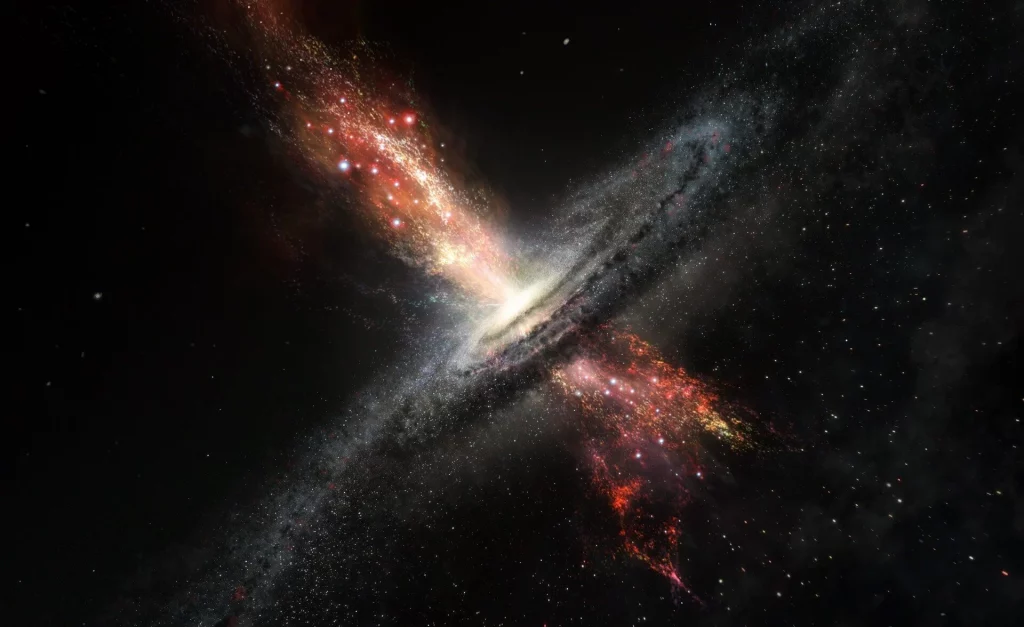
10. In 2019, for the first time, scientists managed to photograph a supermassive black hole located in the center of the Messier 87 galaxy and 54 million light-years away from us.
